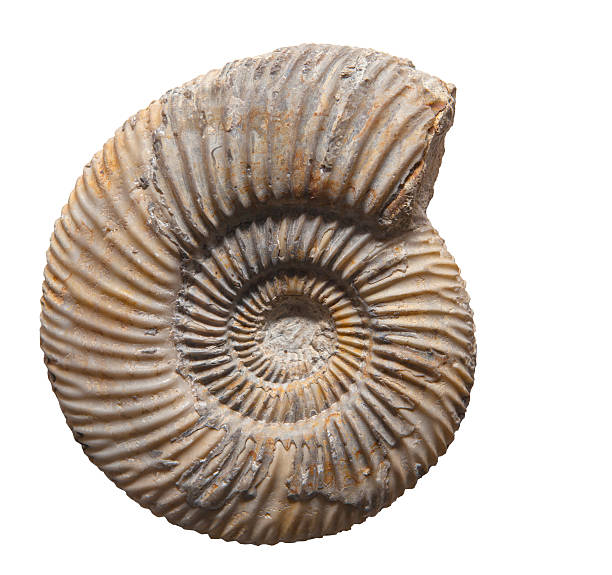illustrate
illustrate
Describe and illustrate Earth's oxygen cycle
The oxygen cycle begins with the process of photosynthesis in the presence of sunlight, releases oxygen back into the atmosphere.
Explain the significance of the oxygen cycle in supporting life on earth
to maintain the concentration and level of Oxygen in the atmosphere.
Give an example of a plant that does photosynthesis.
Green plants.
What years did the T-rex live through?
90 to 66 million years ago.
When did the Teuthids rock liv?
Teuthids,lived 410 mya to present day.
Describe and illustrate Earth's carbon cycle, including how energy from the sun drives Earth's carbon cycle.
chemically combine carbon dioxide with hydrogen and oxygen from water to create sugar molecules
Explain the role of microorganisms in Earth's nitrogen cycle
Nitrogen-fixing microorganisms capture atmospheric nitrogen by converting it to ammonia
What is the world's biggest volcano eruption?
Hunga Tonga-Hunga Ha'apai, 2022 (VEI 5.7)
How tall is a long neck in feet?
39 feet tall.
Witch rock is the Belemnite?
A) B)

B)
Describe and illustrate Earth's nitrogen cycle.
Nitrogen Cycle is a biogeochemical process through which nitrogen is converted into many forms, consecutively passing from the atmosphere to the soil to organism and back into the atmosphere.
Explain the significance of the nitrogen cycle to life on Earth.
nitrogen is an essential nutrient for sustaining life on Earth.
Give examples of carbon forms found on Earth.
amorphous, graphite, and diamond.
How many kinds of flying dinos are there?
Over 130.
When did the rock Ammonite liv?
Ammonite lived 205-66 million years ago
describe and illustrate photosynthesis
Photosynthesis is a process by which phototrophs convert light energy into chemical energy, which is later used to fuel cellular activities.
Explain how the Haber-Bosch process has affected the natural nitrogen cycle
atmospheric deposition of nitrates and ammonia affecting
What is the world's biggest rock?
Mount Augustus
How long is a Pteranodon wingspan in feet ?
20.5–21.3 ft.
Which rock is the Ceratites?
A) B)

B)
Describe and illustrate how paleontologists find dinosaur bones.
To find fossils, paleontologists first carry out an operation called prospecting, which involves slowly hiking across ridges and through ravines, while keeping one's eyes focused on the ground in hopes of finding fragments of fossils weathering out on the surface.
Explain how rocks are made.
Igneous rocks are formed from melted rock deep inside the Earth
Top 4 newest volcano eruptions.
Etna ,Ebeko, Kavachi, Rincon de la Vieja
What was the name of the first dino found?
Megalosaurus.
What years did the Goniatite liv?
Goniatite, lived 360 to 290 mya.